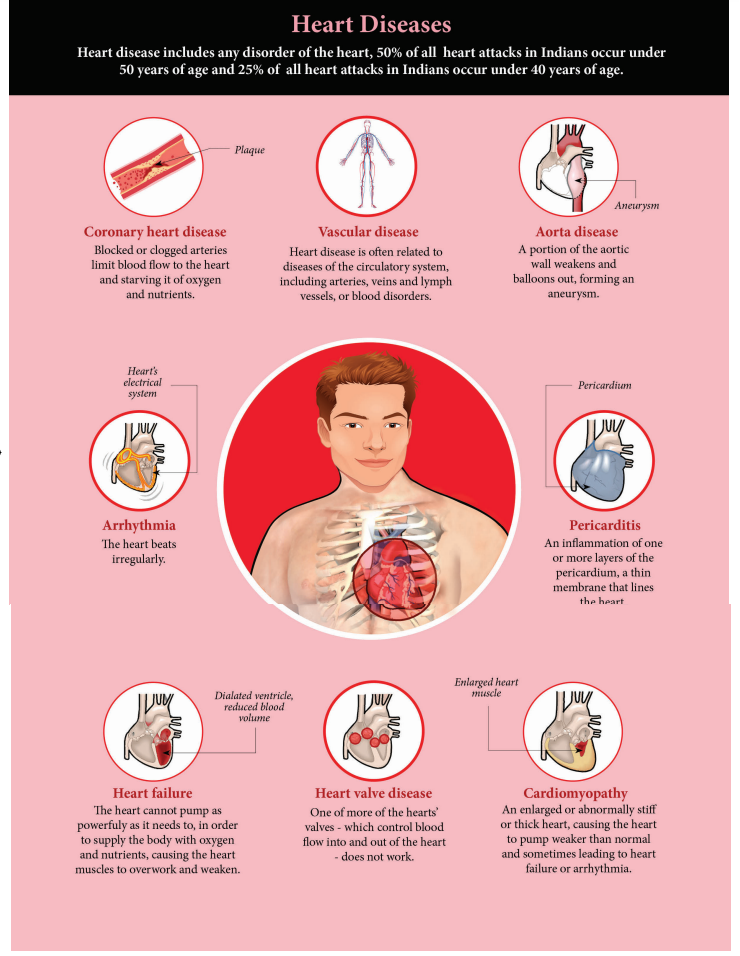Chapter: 11th Zoology : Chapter 7 : Body Fluids and Circulation
Disorders of the circulatory system
Disorders of
the circulatory system
Hypertension is the most common circulatory
disease. The normal blood pressure in man
is 120/80 mmHg. In cases when the diastolic pressure exceeds 90 mm Hg and the
systolic pressure exceeds 150 mm Hg persistently, the condition is called
hypertension. Uncontrolled hypertension may damage the heart, brain and
kidneys.
Coronary heart disease occurs
when the arteries are lined by atheroma.
The build-up of atheroma contains cholesterol, fibres, dead muscle and
platelets and is termed Atherosclerosis. The cholesterol rich atheroma forms
plaques in the inner lining of the arteries making them less elastic and
reduces the blood flow. Plaque grows within the artery and tends to form blood
clots, forming coronary thrombus. Thrombus in a coronary artery results in
heart attack.
Stroke
Stroke is
a condition when the blood vessels in the brain bursts, (Brain haemorrhage) or
when there is a block in the artery that supplies the brain, (atherosclerosis)
or thrombus. The part of the brain tissue that is supplied by this damaged
artery dies due to lack of oxygen (cerebral infarction).
Angina pectoris (ischemic pain in the heart
muscles) is experienced during early stages
of coronary heart disease. Atheroma may partially block the coronary artery and
reduce the blood supply to the heart. As a result, there is tightness or
choking with difficulty in breathing. This leads to angina or chest pain. Usually it lasts for a short duration of
time.
Myocardial infarction (Heart failure)
The prime
defect in heart failure is a decrease in cardiac muscle contractility. The
Frank- Starling curve shifts downwards and towards the right such that for a
given EDV, a failing heart pumps out a smaller stroke volume than a normal
healthy heart.
When the
blood supply to the heart muscle or myocardium is remarkably reduced it leads
to death of the muscle fibres. This condition is called heart attack or
myocardial infarction. The blood clot or thrombosis blocks the blood supply to
the heart and weakens the muscle fibres. It is also called Ischemic heart disease due to lack of oxygen supply to the heart
muscles. If this persists it leads to chest pain or angina. Prolonged angina
leads to death of the heart muscle resulting in heart failure.
Rheumatoid Heart Disease
Rheumatic
fever is an autoimmune disease which occurs 2-4 weeks after throat infection
usually a streptococcal infection. The antibodies developed to combat the
infection cause damage to the heart. Effects include fibrous nodules on the
mitral valve, fibrosis of the connective tissue and accumulation of fluid in
the pericardial cavity.

Related Topics